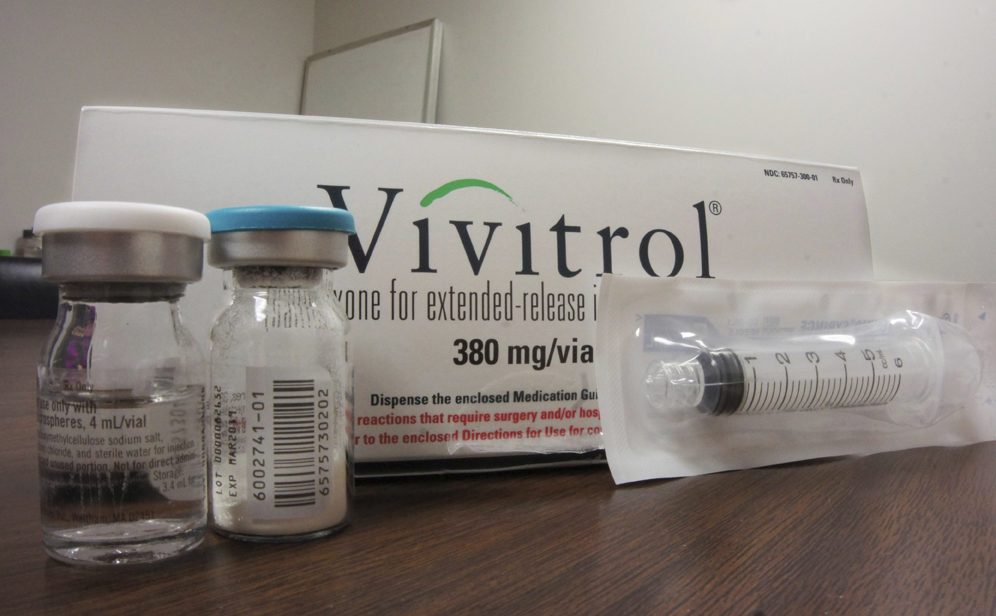The following editorial first appeared in the Chicago Tribune:
It can be bought online and shipped to your doorstep, like shoes from Zappos, or a mystery novel from Amazon. It’s cheap, just $40 for a gram. Nicknames: pink, U4. Potency: eight times more powerful than morphine. Death toll: at least 50, and counting.
Two recent casualties should be incentive enough to clamp down on the drug’s availability, and the people who profit from it. Best friends Grant Seaver and Ryan Ainsworth from Park City, Utah, got their hands on the drug, formally named U-47700, through a teenage friend who bought it online from a company in Shanghai. Both Seaver and Ainsworth were 13. Grant’s parents found him dead from an overdose of pink Sept. 11. Two days later, Ryan’s father found his son dead on the couch.
An opioid epidemic is sweeping through the country, and America can’t keep up.
According to the Centers for Disease Control and Prevention, more than 28,600 people died from opioid overdoses in 2014. About half of those deaths involved prescription drugs. Much needs to be done to stop doctors from overprescribing opioid painkillers and shift toward alternative, nonaddictive measures for pain. But there’s another side to the problem that is just as worrisome: the ease with which opioids not prescribed by doctors can be purchased through overseas websites.
These drugs include U-47700, and the ever-growing list of versions of fentanyl, an opioid at least 50 times more powerful than morphine.
Neither the states nor the U.S. Drug Enforcement Administration can keep up with the rapid evolution of new opioid drugs manufactured overseas. With whack-a-mole futility, regulators are banning opioids gaining popularity with users, only to find that they’ve been replaced by other deadly substances appearing in online markets and, eventually, the bloodstreams of teens and 20-somethings.
DEA officials announced the start of a two-year ban on U-47700 on Monday. That move was preceded by bans imposed by several states. Various mutations of fentanyl have been banned. But with every ban, foreign laboratories find a way to tweak the formula chemically so that the drug can still be regarded as legal in the U.S.
Many of these drugs are legal for research purposes but not yet approved as medical treatment. China is the leading overseas source for these drugs, including U-47700. The drug was created in the 1970s by pharmaceutical giant Upjohn as a less addictive alternative to morphine. But animal tests showed it still led to addiction, so its appearance on the market was scuttled.
Chinese labs, however, relied on online patent records and material from scientific journals that gave them enough information to produce the drug themselves. By late 2014, it began appearing on websites for online purchase.
So far, state and federal regulators have been stumped for a solution. One reason regulators can’t keep pace with new generations of opioids is because the entities that keep watch for new opioid threats — law enforcement authorities, crime laboratories, medical examiners, health care professionals, for example — have no clearinghouse with which to share what they find out. The National Governors Association suggests that clearinghouse could be the El Paso Intelligence Center, an arm of the Department of Homeland Security that collects and analyzes data to identify drug traffickers. That makes sense, but it’s only a start.
Federal and state officials need a better way to pinpoint the next new opioid finding its way into American iPads and laptops. With that data, the federal government can pressure China into shutting down production of the drug. The U.S. has already gotten China to do that with certain kinds of fentanyls, but the DEA needs to keep up on what the next generation of drugs will be. We’ve seen how the opioid epidemic has rapidly mushroomed — we’re lagging in the race to turn the tide against it.

